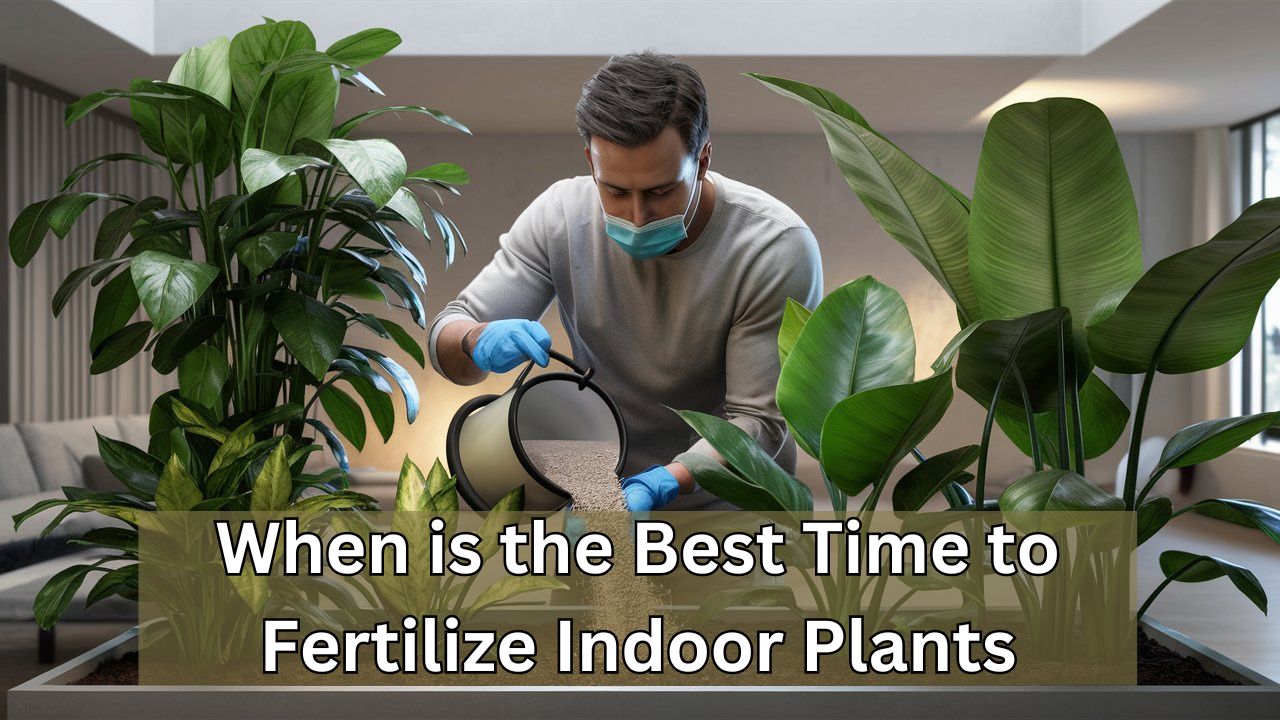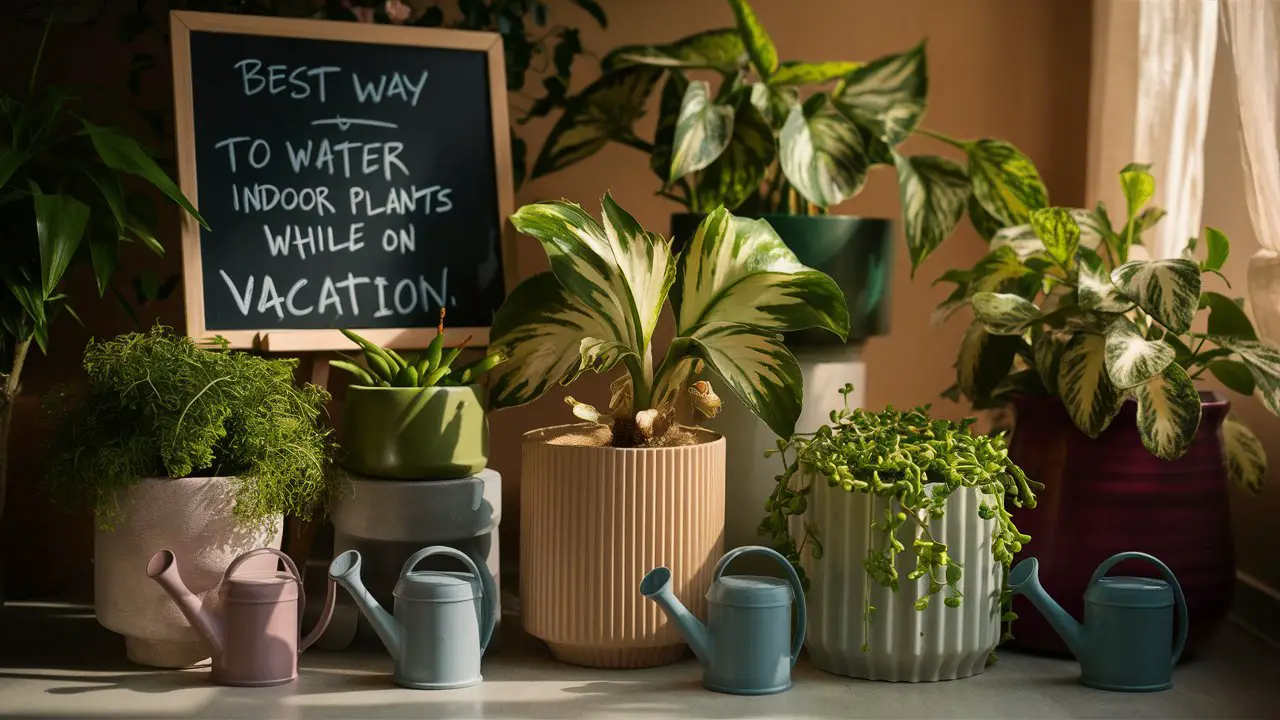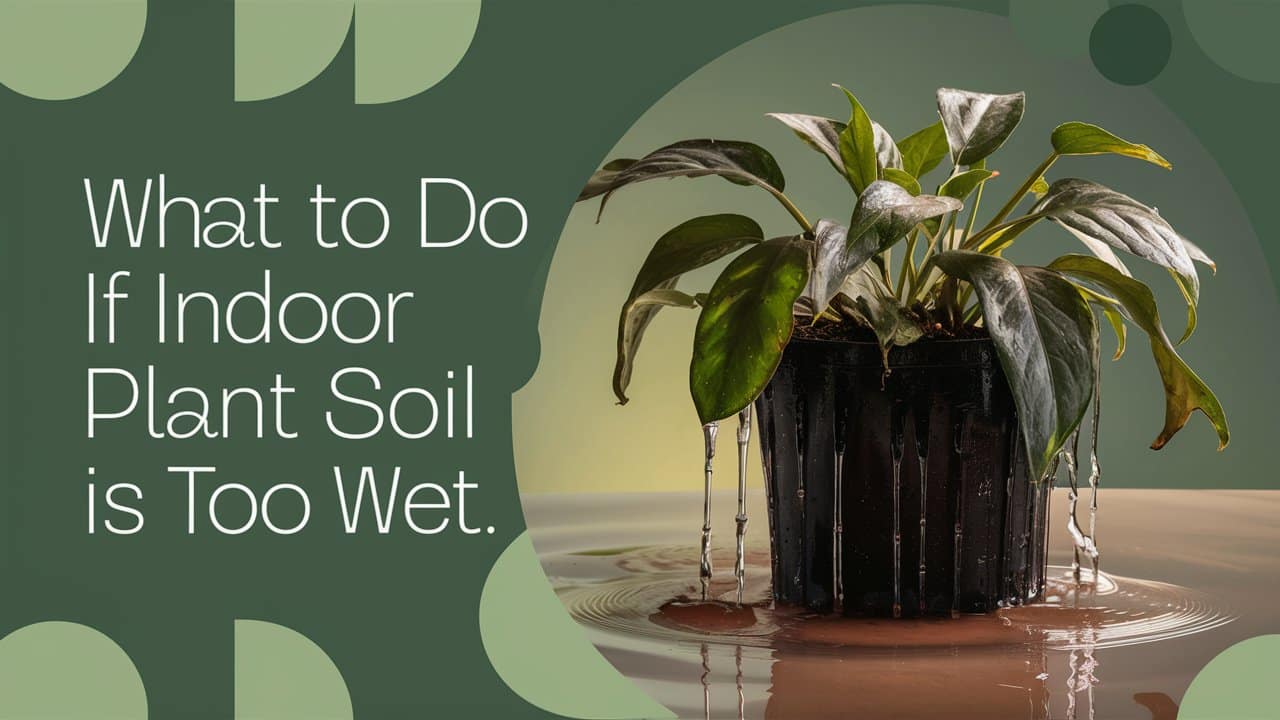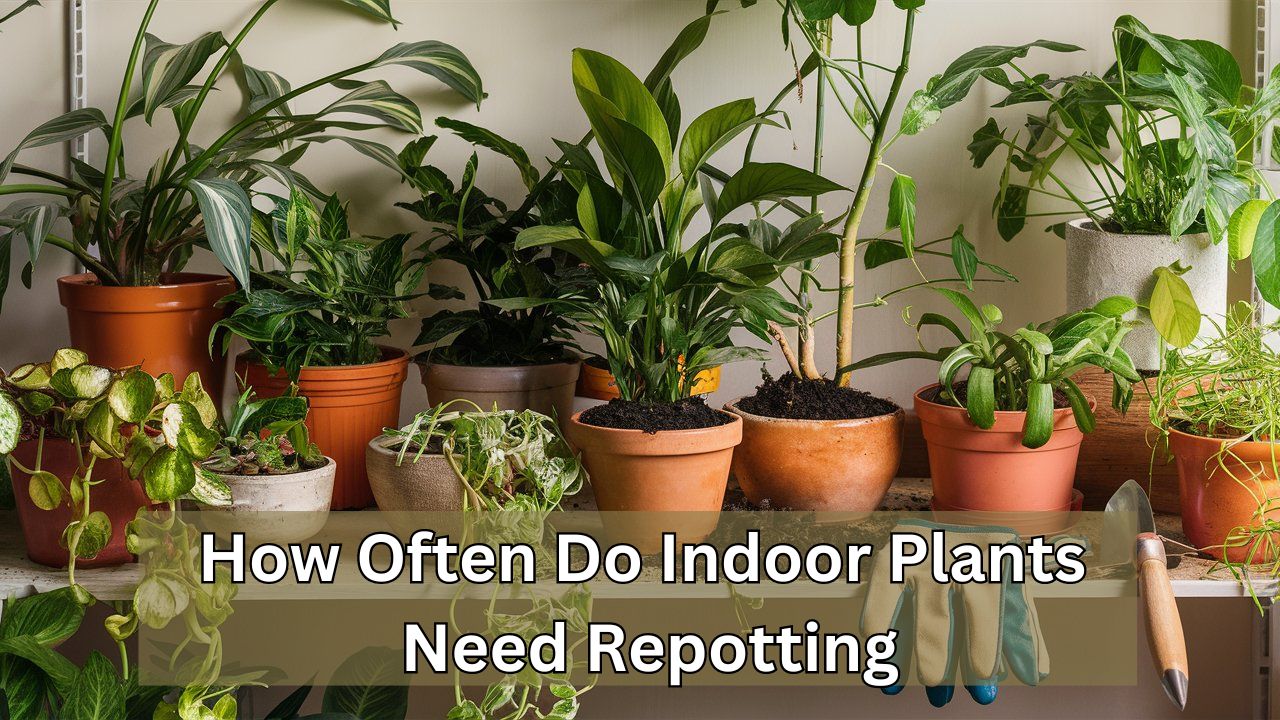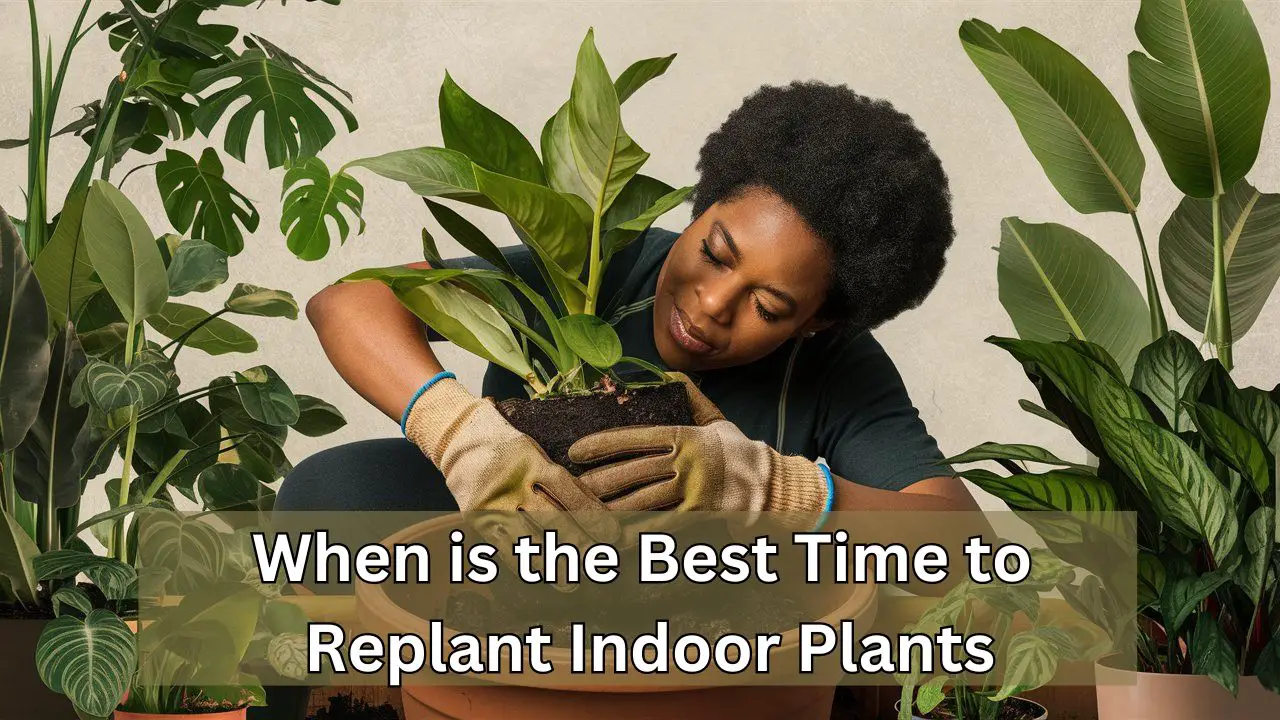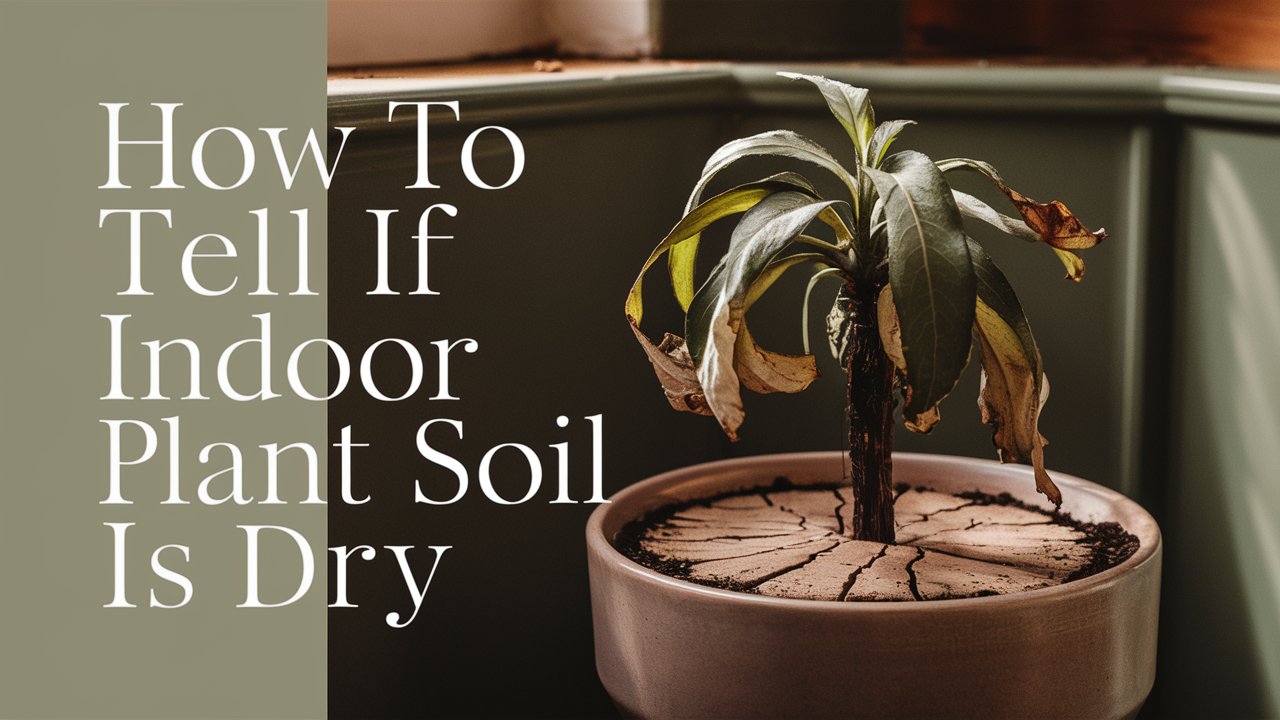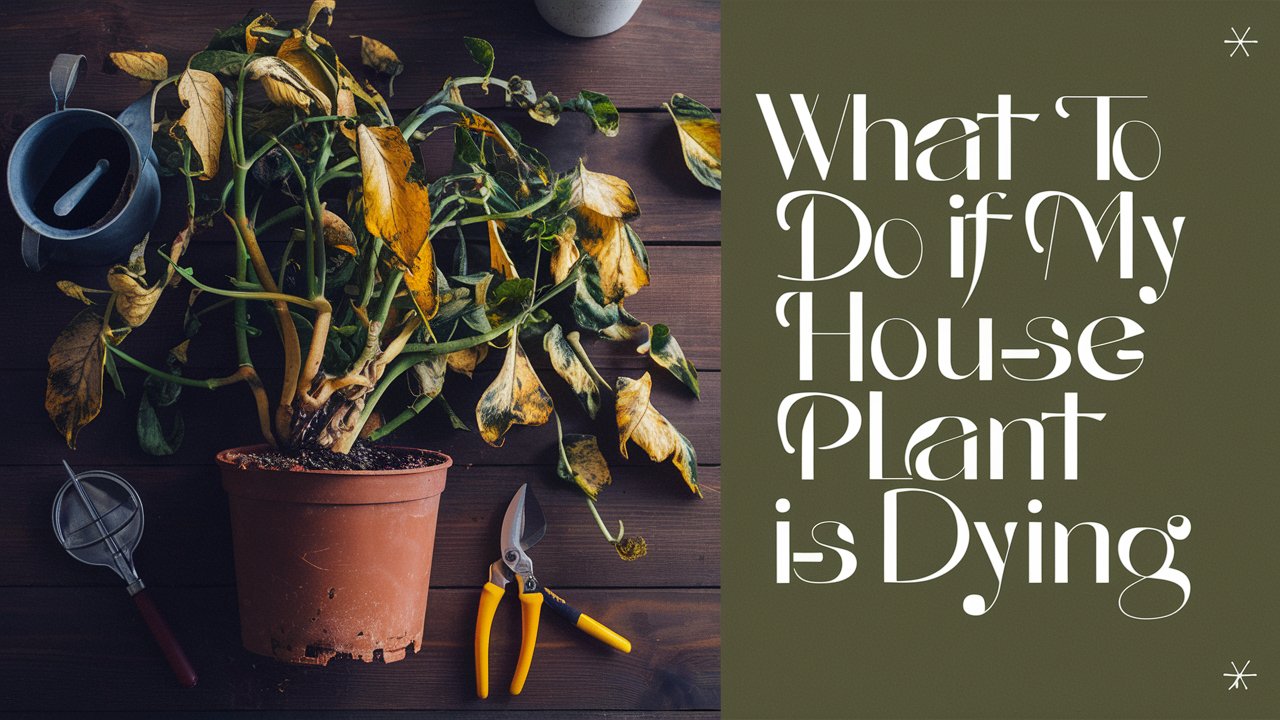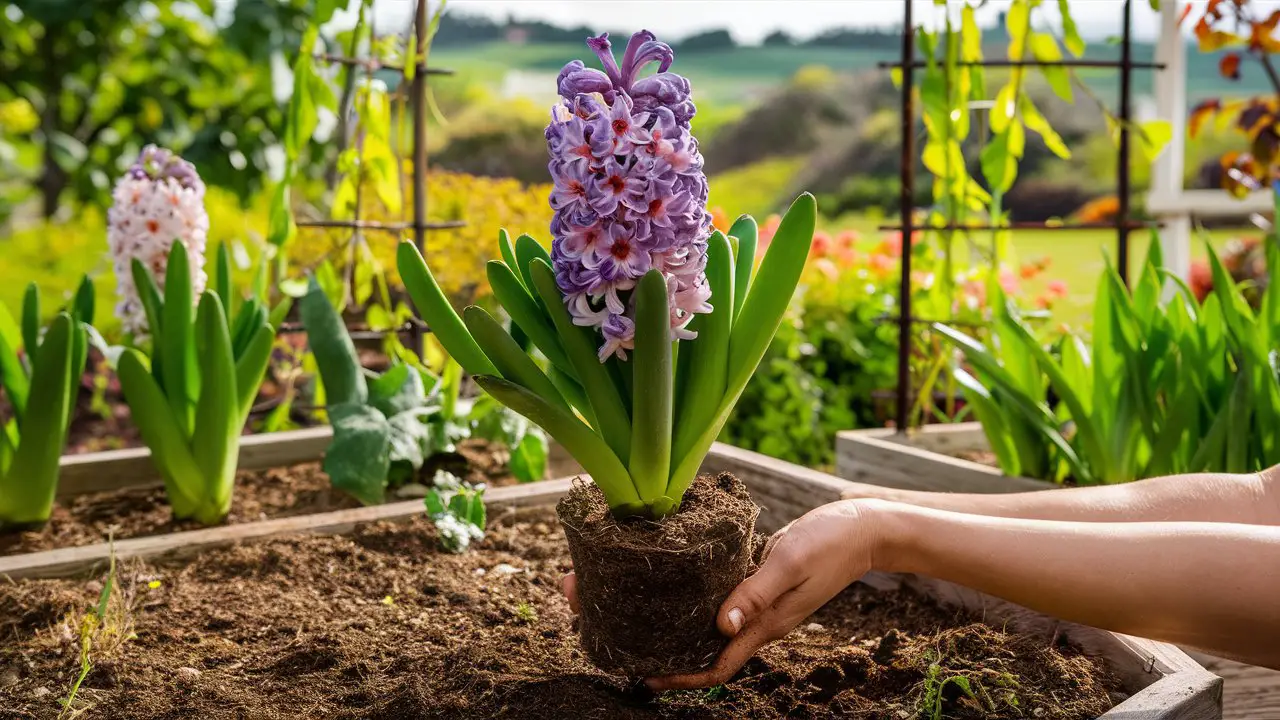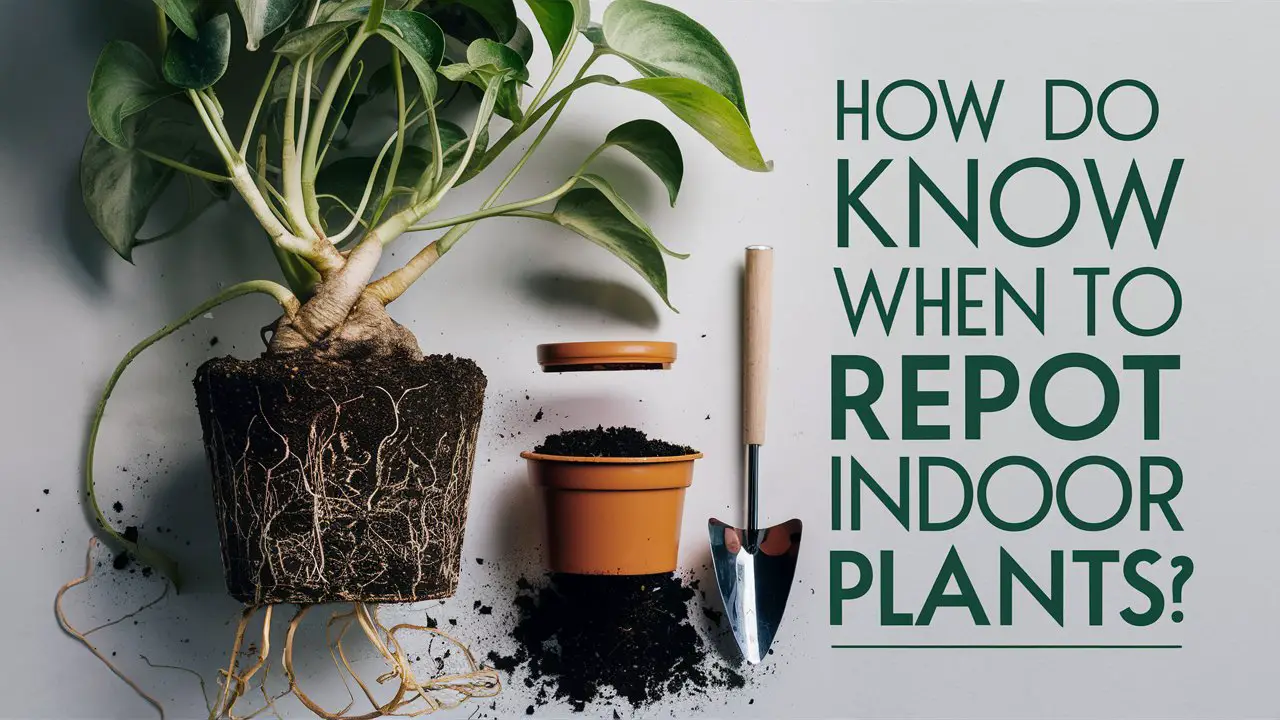Category: Indoor Plants
-
When is the Best Time to Fertilize Indoor Plants?: Ultimate Guide
The best time to fertilize indoor plants is during their active growing season, typically spring and summer. Avoid fertilizing in fall and winter. Indoor plants, like their outdoor counterparts, have specific needs for optimal growth. Fertilizing during the growing season helps them thrive. Plants use more nutrients in spring and summer as they grow new…
Categories: Indoor Plants -
Best Way to Water Indoor Plants While on Vacation: Effortless Tips
The best way to water indoor plants while on vacation is using self-watering systems or asking a friend for help. These methods ensure plants stay hydrated. Going on vacation can be stressful when you have indoor plants that need regular care. Self-watering systems, such as water globes or capillary mats, provide a reliable way to…
Categories: Indoor Plants -
What to Do If Indoor Plant Soil is Too Wet: Quick Fixes!
First, stop watering the plant immediately. Next, ensure proper drainage to help dry the soil. Overwatering indoor plants can lead to root rot and other issues. It’s crucial to recognize signs of excess moisture and take immediate action. Ensure your pot has drainage holes and consider repotting in fresh, dry soil if necessary. Elevate the…
Categories: Indoor Plants -
What are the Benefits of Indoor Plants in the Hospitality Industry? Boosting Ambiance & Guest Satisfaction
Indoor plants enhance air quality and aesthetic appeal in the hospitality industry. They also reduce stress and increase guest satisfaction. Indoor plants play a crucial role in the hospitality industry. They create a welcoming and serene environment for guests. Lush greenery improves indoor air quality by filtering toxins and releasing oxygen. This leads to a…
Categories: Indoor Plants -
How Often Do Indoor Plants Need Repotting? Unearth Secrets!
Indoor plants typically need to be repotted every 12 to 18 months. Some slower-growing plants can go two to three years. Repotting indoor plants is crucial for their health and growth. Over time, plants outgrow their containers, depleting soil nutrients and becoming root-bound. Fresh soil provides essential nutrients, promoting robust growth and preventing diseases. Choosing…
Categories: Indoor Plants -
When is the Best Time to Replant Indoor Plants?: Essential Tips
The best time to replant indoor plants is during the early spring or late winter. This period allows plants to adjust before their active growth phase. Replanting indoor plants at the right time is crucial for their health and growth. Early spring or late winter offers the ideal conditions for this task. During this time,…
Categories: Indoor Plants -
How to Tell If Indoor Plant Soil is Dry: Pro Tips
Stick your finger an inch into the soil. If it feels dry, the soil needs watering. Indoor plants require careful attention to thrive. One crucial aspect is soil moisture. Overwatering or underwatering can harm your plants. Regularly checking soil moisture ensures healthy growth. Besides the finger test, observe the soil’s color and texture. Dry soil…
Categories: Indoor Plants -
Can You Plant Indoor Hyacinths Outside After Flowering? Revitalize Your Garden!
Yes, you can plant indoor hyacinths outside after flowering. Ensure to do this in spring for best results. Hyacinths are popular indoor plants known for their vibrant colors and fragrance. After they finish blooming indoors, many gardeners wonder about transplanting them outside. Planting hyacinths in the garden can rejuvenate the bulbs, allowing them to grow…
Categories: Indoor Plants -
How Do You Know When to Repot Indoor Plants? Spot the Signs!
You know it’s time to repot indoor plants when roots grow out of the drainage holes or the plant looks cramped. Leaves may also yellow or drop. Indoor plants need periodic repotting to thrive. Over time, they outgrow their containers, leading to root-bound conditions. This restricts their ability to absorb water and nutrients. Signs that…
Categories: Indoor Plants

